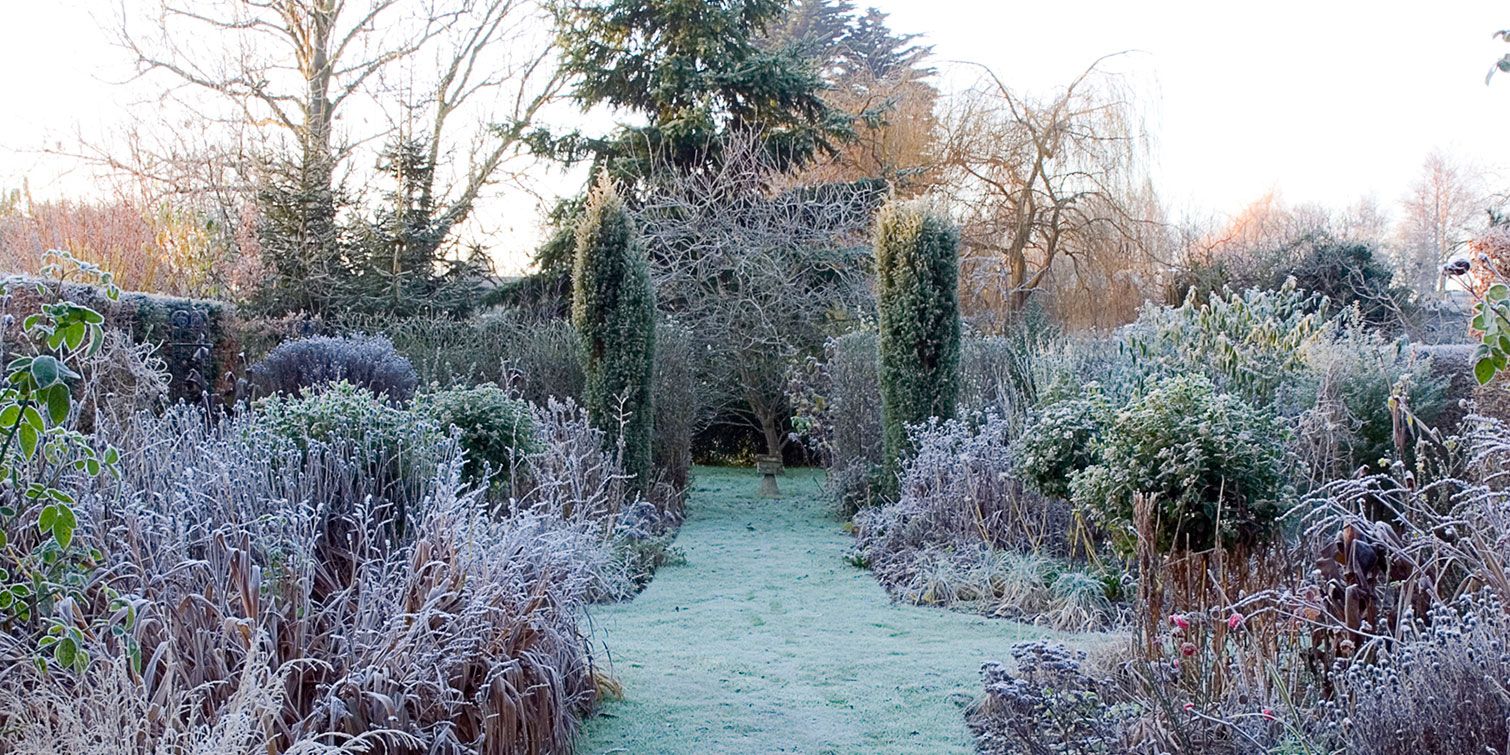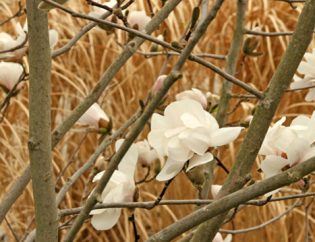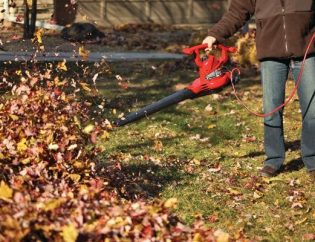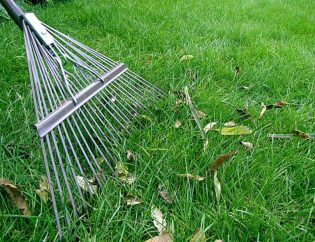
Protect your landscape this autumn for healthy growth next spring.
If extreme winter weather has ever taken a toll on your landscape plants, you aren't alone. Every spring, gardeners in regions hit by a tough winter discover the damage it can cause to trees and shrubs. Fortunately, you can take steps in autumn to prepare plants for what's coming.
Extreme cold isn't the only challenge faced by woody plants; in fact, plants hardy to your region should endure normal winter temperatures just fine. However, winter can wreak havoc in other ways.
Deciduous Trees and Shrubs
Deciduous shrubs and trees — those that lose their leaves in autumn — have adapted to life in cold-winter climates by going dormant. Many of these techniques are designed to ensure that plants enter dormancy before the coldest weather arrives, and remain dormant until spring.
Mature trees and shrubs that are hardy in your region need no extra protection. However, young and newly planted trees and shrubs benefit from some extra TLC:
- Because plant roots may not have ventured very far into the native soil, it's especially important to water newly planted trees and shrubs thoroughly into fall, until the ground freezes.
- Once the ground is frozen, apply a 3" to 4" layer of insulating mulch, such as bark mulch or pine straw, around the base of the plant. This helps insulate the soil so it stays frozen and helps prevent heaving. Keep the mulch several inches away from the trunk to prevent rot and discourage rodent chewing.
- Tender young bark is easily damaged by gnawing mice and rabbits. Protect the trunks of young trees — especially fruit trees — with tree guards made of plastic or wire.
- The bark of young trees is also susceptible to sunscald. Paint the south side of the trunk with a solution of diluted white interior latex paint or wrap the trunk with paper tree wrap. This also helps prevent frost cracks, which occur when dark-colored bark heats up on a sunny winter day and then rapidly cools at night.











